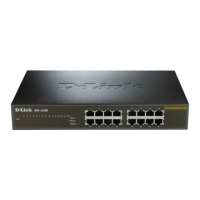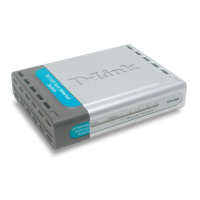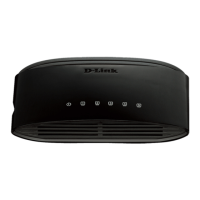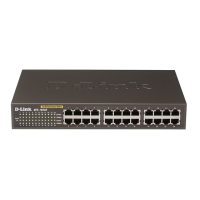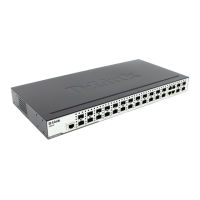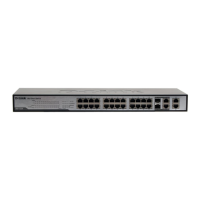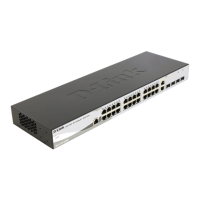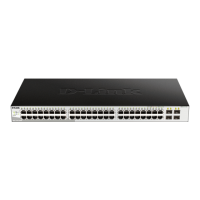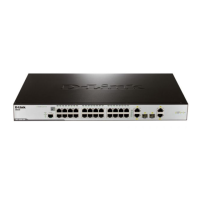10/100 Fast Ethernet Switch User’s Guide
Introduction
3
relatively impractical. Today’s switches are an ideal solution to most kinds
of local area network congestion problems.
Trunking Technology
Basically, trunking is a method of adding multiple physical links into a
single logical link, thus increasing the throughput of the logical link by
adding the physical link’s relevant throughputs as well. In other words,
trunking is a method to treat multiple physical links as a single logical link
(link aggregation). Without trunking, the maximum bandwidth in a link is
determined by the media speed of the link. The benefit of trunking is to be
able to group multiple lower speed links into one higher speed link.
Other benefits of trunking include:
•
Fault Tolerance
A trunk will continue to operate as long as there is at
least one link operating. This was formerly available only through the
Spanning Tree Protocol or use of residual links.
•
Scalability
Trunking gives Network and MIS managers a building
block, providing a smooth transition from today’s Fast Ethernet to
tomorrow’s Gigabit Ethernet.
•
Congestion Relief
Existing equipment can be utilized more efficiently
by relieving the congestion between the Switch and the server.
Connections to a server can be made simply by adding more network
interface cards.
VLAN (Virtual Local Area Network)
A VLAN is a group of end-stations that are not constrained by their physical
location and can communicate as if in a common broadcast domain, a LAN.
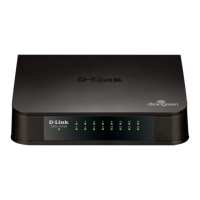
